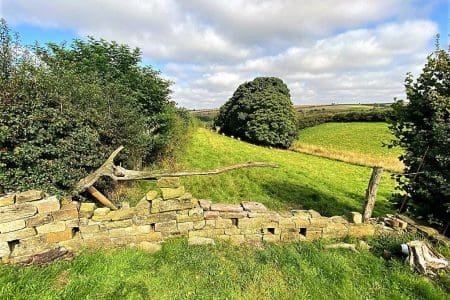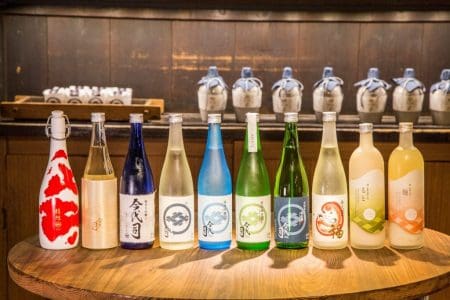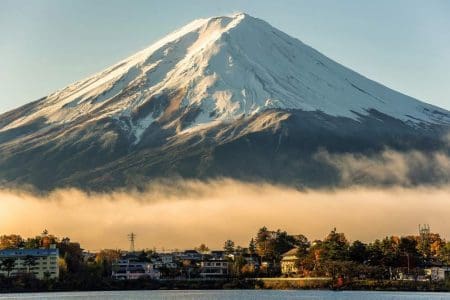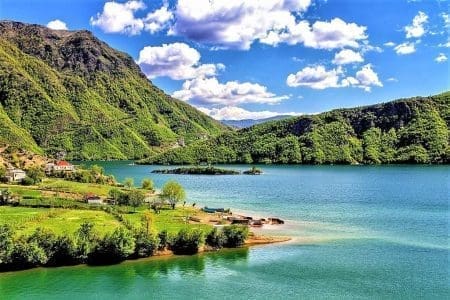James Clark goes walking in Japan along the Michinoku Coastal Trail in Tohoku, a remote region of the country that suffered terribly at the hands of the 2011 Tsunami and Earthquake, but is slowly reopening its doors to tourism.
I jumped at the chance to visit Tohoku in Japan to hike parts of the Michinoku Coastal Trail (MCT), a 1,000-kilometre hiking trail connecting Hachinohe in Aomori with Soma in Fukushima. A series of coastal paths, along the area destroyed in the 2011 earthquake and tsunami.
I arrived at Osaka Kansai International Airport on KLM’s route from London Heathrow via Amsterdam. I sorted my rail pass and jumped on the first of three trains to Miyako in the northern Iwate Prefecture.
Walking in Japan along the MCT Trail
After lunch the following day in Miyako, I headed to the Michinoku Coastal Trail Visitor Centre, Jodogahama Beach and met my guides Kumi Aizawa and Hiromitsu Seki.
We explored the area for several miles. At every turn was something more beautiful than before including dramatic sea caves, a jagged coastline that seemed to go on as far as the eye could see and one of the bluest oceans I have ever seen.
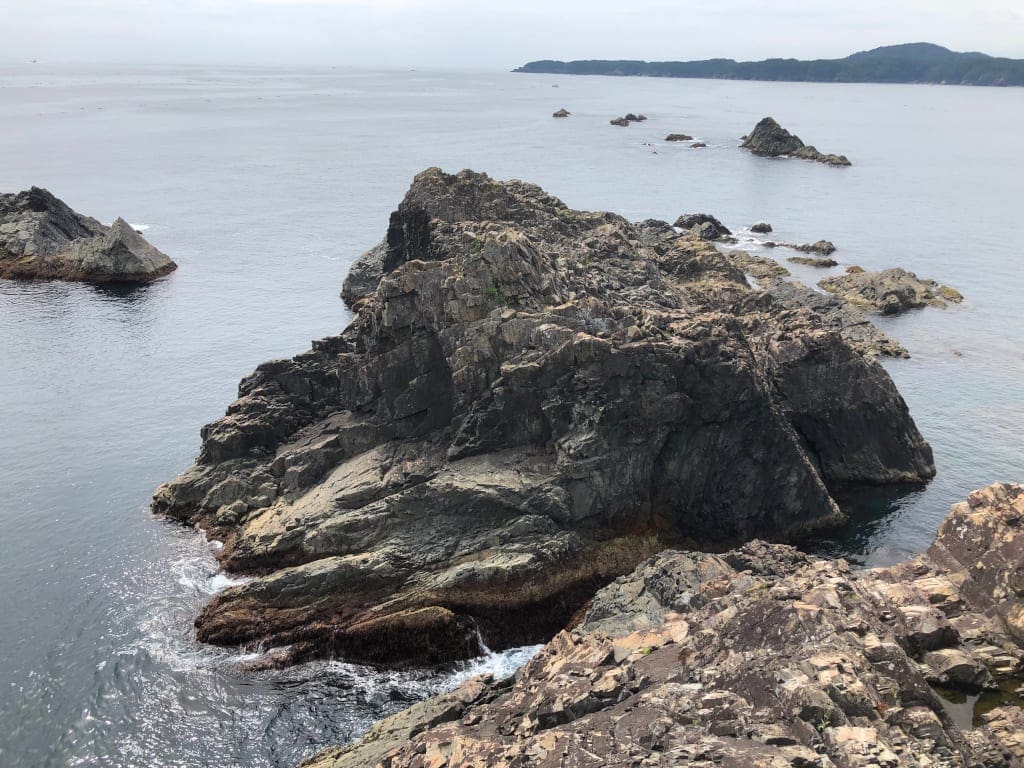
The Jodogahama volcanic rock formations out to sea along the coast of Miyako Bay have been shaped by centuries of wind and rain into melodramatic figures. The fact that they survived the tsunami waves due to their unsheltered location is a miracle.
After a well-earned bottle of water, we agreed to drive to Ofunatocho and check into the Ofunato Guest House. It was quite basic, but comfortable and I had the best night sleep that I’d had in weeks.
The following morning, we headed to Sanen for breakfast. A small café that was originally on the coast before the tsunami struck. It took the owner seven years to rebuild in land. Sanen is situated on the MCT trail and is a success with both hikers and locals. I had a cheese and ham toastie that I wasn’t expecting to find on a Japanese menu, ideal for hikers needing energy, protein and carbs. I was ready to embrace the day.
Along the Goishi Coast
After breakfast, we continued to the Goishi coast, Ofunato, in the Southern Iwate Prefecture to meet a group of hikers. Kumi and Hiromitsu returned to the office for a few hours, and left me with Olivia Lee, an Ofunato resident, from the US, who was keen for me to learn as much about the area as possible.
The name Goishi comes from the smooth black stones found along the coast, which resemble the Goishi go stones used to play Go, a traditional Japanese board game. The stones have been worn smooth by the constant, churning movement of the waves, and we could hear them tumbling around the beach up and down the coast.
Various observation points provided views of the thundering waves crashing against the rocky coastline below. The highlight of the morning was the Kaminari iwa rocks, known as thunder rock. The sound of the waves hitting the rock made an appropriate roar.
After lunch we met a man called Waichiryo Katayama otherwise known as Waichi.
His former village Okirai, has been renamed the miracle village because almost all residents made it up the hills to safety.
Shiome Tsunami Memorial Museum
After the tsunami Waichi built Shiome ‘Tsunami Memorial Museum’ by hand, from wood and furniture he found during the cleanup. It includes an outdoors play area and place to relax and have a barbecue. It really is an explosion on the eyes, full of colours and a place of laughter, for hikers and locals to hangout. Its doors are always open, and hikers are welcome to stay for as long as they like, the fridge is full of beer.
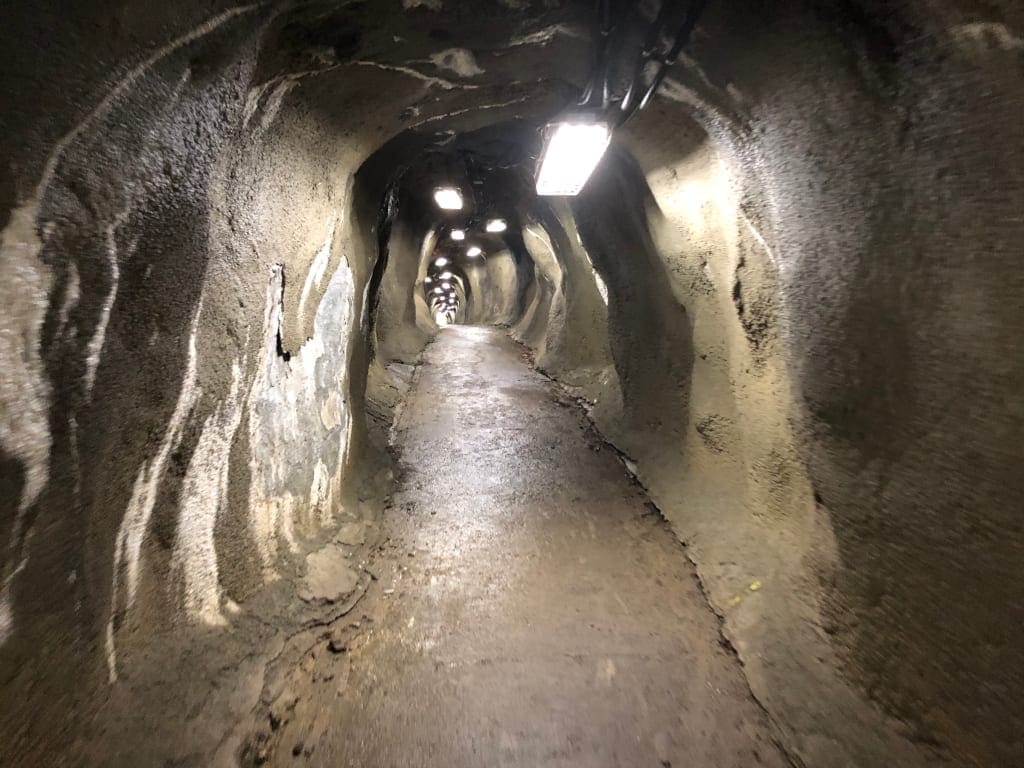
Waichi told me a story about the Okirai primary school as he pointed out where it once stood, ten metres lower than the main road. The main entrance and school’s emergency route faced the sea which meant children had to go around the building to get to the main road.
Takeshi Hirata a city councilor made a recommendation to the council to build an emergency evacuation staircase bridge over the main road directly from the school’s second floor. It was completed in December 2010, just three months before the tsunami hit. All teachers and children evacuated successfully, and the bridge became known as the Miracle Bridge.
It was at Shiome that I began to comprehend the loss experienced by people in this part of Japan. It’s impossible not to feel emotion when looking at pictures of the devastation caused to Yoshihama, while I stand in ore of a man who has selflessly done something positive and created a piece of magic out of it.
El Faro Holiday Park
After saying goodbye to Waichi we continued our hike up into the hill to visit the Koishihama railway station. On the platform is a place where people go to write love messages on scallop shells that hang undercover.
Koishihama is on the 55.4 kilometres Sanriku train line between Miyako and Kamaishi stations. It recently reopened after sustaining damage from the earthquake. Local communities are hoping that this will encourage visitors back to the area.
My place of stay that night was the El Faro Holiday Park in Onagawa, which was rebuilt much quicker than many others, although eight metres higher than the original.
The area around the waterfront is restricted to a park and to buildings essential to the fishing industry. Behind that, protected by a road built high enough to act as a barrier to a relatively low ‘level 1’ tsunami (about four metres high in Onagawa), is the commercial district. The new residential areas are cut into the mountainside, just high enough to be safe from a level 2 tsunami, around 17 metres high.
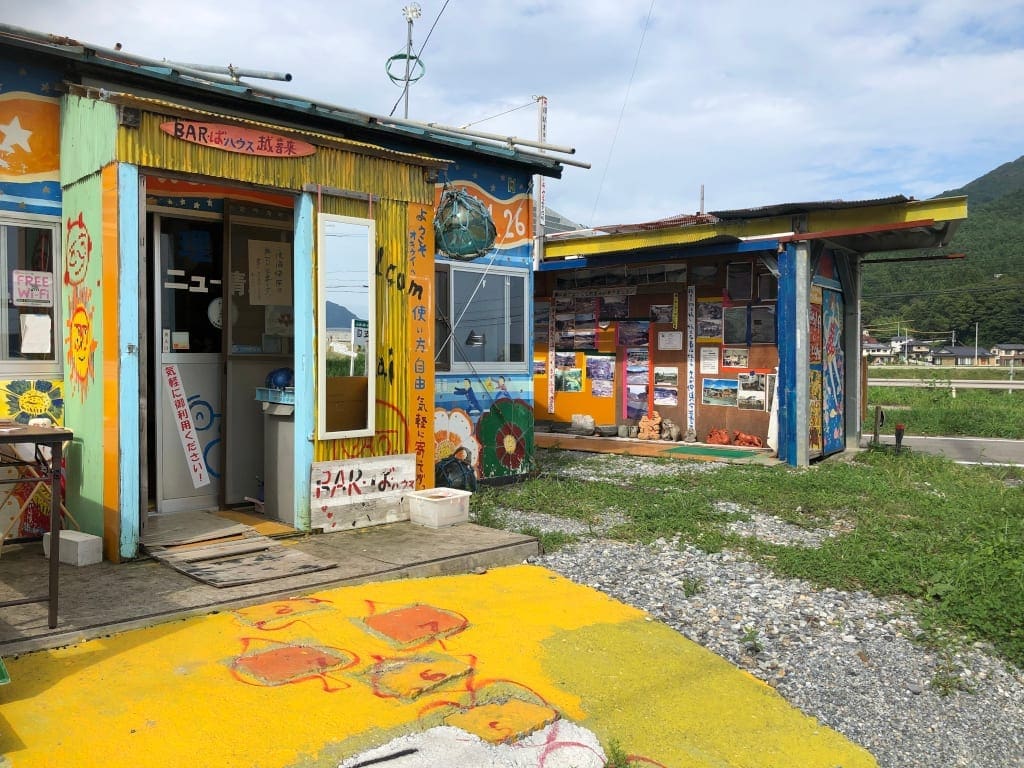
I had dinner that evening with some of the team from the MCT office and officials from the Onagawa municipality who explained that the reconstruction is about more than keeping the town safe from natural disasters. The municipality is also trying to attract young people to the city, and it appears to be working. After dinner I walked along the main street and visited two bars, all filled with English speaking young people.
Hiking up Mount Tatsugane
The following morning, we decided to return to nature and hike to the top of Mount Tatsugane the mountain of the Dragon God in Minami Sanriku, in the Miyagi Prefecture. We drove to the parking area and began our descent through the sweltering forest, along paths, steps created from nature, over bridges and across small waterfalls. There were no other sounds apart from our footsteps and no other people on this part of the MCT. The sound of silence was only broken occasionally by the sound of a flowing stream or animal scurrying in the trees. It was one of those moments when silence was everything and neither of us uttered what felt like an unnecessary word. The ascent took us just under an hour, but the recommendation is 1.5 hours. We have long legs.
At the top (512m high from the sea level) we took the obligatory selfie and sat on the bench for a few moments in awe of the unspoiled view. There wasn’t a sign of human life to be seen, just splendid mountain scenery, trees and in the far distance a glimpse of the Pacific Ocean.
Sendai, capital of Miyagi
That evening we headed to the capital city of the Miyagi Prefecture, Sendai, the largest city in the Tōhoku region, and the second largest city north of Tokyo, with a population of 1,089,372. Sendai was the closest major city to the epicentre of the earthquake. Its coastal outskirts were devastated, but the city remained largely unscathed. The city is full of life; giant shopping malls, neon lights and streets filled with restaurant workers. I felt a little overwhelmed because along the trail I was just used to it being us and now I was in a busy metropolis.
We had dinner plans thanks to great thinking on Kumi’s part at a restaurant called Matsubei, husband and wife owned and run for decades. The husband prepared the food and the wife brought it to the table with pride. She carefully explained every single dish and delivered it with passion. Every mouthful went down well, and it was the best sea urchin that I’ve tasted to date, leaving the ones I’d tried in Sicily, Spain and Morocco as a distant memory. Joining us for dinner Yusuke Sakuraba, the chief from the Ministry of Environment who marked the first 750 kilometres of the Michinoku Coastal Trail. If that does not sound impressive enough, Yusuke achieved this with his son strapped to his back.
Natori Visitor Centre
Early the next morning, and on my last full day walking in Japan along the MCT trail we drove to Natori. It was one of the worst hit areas in the 2011 disaster, the tsunami came in two kilometres and now all that exists are rice fields and vast empty spaces inhabited by bulldozers piling up soil to raise the ground. A 12.5-metre-high sea wall has been built and an abandoned three-storey school building sports a sign that marks the height of the 14.2-metre wave that consumed it. The MCT has built the Natori Visitor Centre and in the distance some small market type shops have been built. Other than that, the land where the city existed is desolate.
I felt overwhelmingly sad as I stood and looked around at miles of empty space where so many people died, and the lives of survivors changed forever. You can’t get a feel for something when you see it broadcast on the television, but when you go somewhere and speak to people that lost everything you start to feel a part of it.
Fancy something more eclectic than walking in Japan, read Mark Bibby Jackson’s Japan Travel: Glamping, Zip-cords and Samurai.
Kumi suggested I visit the Shiogama Shrine to give me a sense of traditional Japan. I stared up at the main approach and the 200 plus steep steps in front of us. Only one thing for it, power through to the top and that’s precisely what we did.
The 1,200 years old vermillion gates and buildings at the top of the hill were elaborately decorated in red and gold and people ringing bells and praying at the various shrines added to the experience. The shrine contains a wealth of history and fifteen of its buildings have been declared important cultural treasures. It is one of the most important shrines in the region and is the protector of fishermen and safe childbirth.
That final afternoon together, we drove to Fukushima. It is well known for the nuclear accident at the Fukushima Daiichi Nuclear Power Plant, but I was keen to explore the area and see what it’s like today. It is also the start or the end of the MCT. It is a very beautiful place where nature and rebuilding seem to go together hand in hand. Look to the left and there are giant ponds filled with water lilies and to the right workmen rebuilding the highway destroyed by the earthquake.
Although I didn’t get to experience the entirety of the Michinoku Coastal Trail while walking in Japan I left determined to return, a sense of achievement and a genuine appreciation to the people I met that shared a terrible part of their lives with me. Never have I met such kind and wonderful people. Everyone I met had experienced tragedy, but every single one of them had a smile and wanted to share everything that they had with me. It was impossible not to feel touched and complete admiration for such resilient people.
Flights to Osaka
KLM Royal Dutch Airlines offers flights to Osaka, Kansai International Airport (KIX) from London Heathrow via Amsterdam.
Japan Rail Pass
For more information on how to purchase a Japan Rail Pass, click here.
Hotels in Japan
James stayed one night at the Shizukuishi Prince Hotel in a Royal Floor King Room, from £135, one night at the Prince Park Tower Tokyo after the MCT in a Premium King Room, from £545, and his final night at the Prince Hotel Kyoto in a Royal Floor King Room, from £330. All three hotels are part of the same chain yet are strikingly individual. The Prince Hotel Group has properties all over Japan.
For more information on walking in Japan along the MCT
Visit : Michinoku Coastal Trail
For more information on things to do in Japan
For more information on other places to go walking in Japan and other things to do in Japan on your holidays, visit: Japan National Tourism Organization (JNTO).
